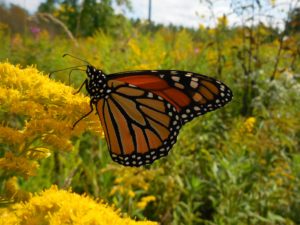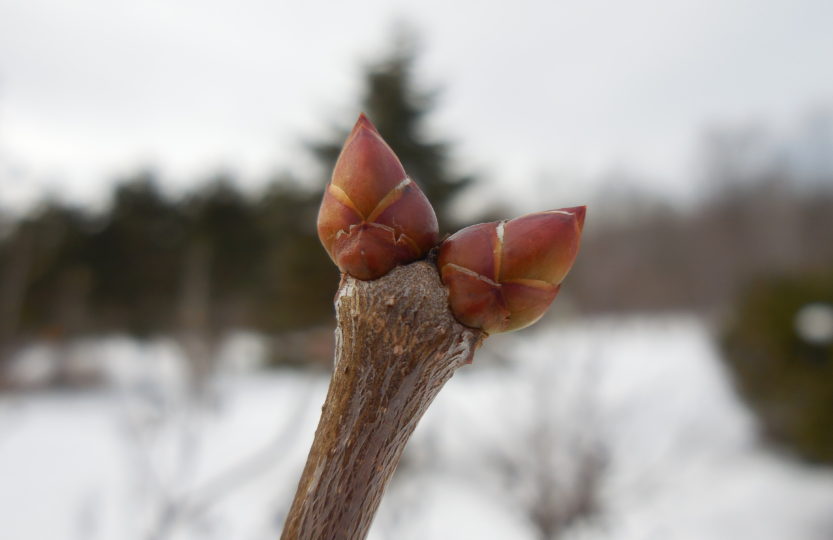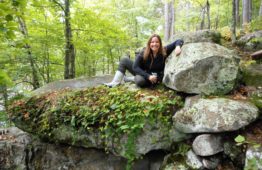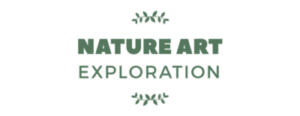My science loving, nature-centered family loves getting involved with citizen science projects that contribute to helping the environment and learning more about the natural world and its cycles. Today, at Nature Art Exploration we’re going to explore a fun citizen science opportunity to get involved with called Nature’s Notebook. I’ve been hearing a lot about it lately through some of my involvements and wanted to investigate it further with the hopes of getting involved and sharing about it here. It looks like such a great way to easily get involved with a project that focuses on collecting phenology focused data from your own backyard or other convenient, natural place of observation. Although this post is geared towards adults, we will be discussing a fun way to explore phenology for the entire family.
First off, what is phenology? Basically, it’s a fancy word for the study of the timing of plant and animal life cycle events and the relationship of this cyclic, seasonal phenomenon to the specific environment observed. It’s all about seasonal change, what the plants and animals are up to, and how these happenings relate to what’s going on in their specific environment. We see phenology in action every day, and when we aim to observe it closer, it is AMAZING what you’ll discover happening in nature. Studying phenology, is a great way to get your family looking closer at the natural world and checking out the magic that happens every day just outside your back door. I love watching the changing of the seasons, and sometimes, I get so excited watching the unfolding cycles in nature that I feel like a child. In my perspective, that’s a good thing. Children have a natural sense of wonder about the world, and their endless curiosities can lead them on the greatest of adventures. They haven’t lost the magic. Observing nature through the lens of phenology has the tendency to spark natural curiosities.
If you live in the city and don’t think you have a close-by natural place to observe, I challenge you to look again. Make it a game for your family and see what you can find. I lived in the city for 10 years and was amazed at what kinds of natural ecosystems I found in the bustle of the city. I had too. I couldn’t survive without having a place to connect to in nature. Your place to observe could be a diversified, overgrown lot that hasn’t been mowed in a while, a small area with a few trees or a few varieties of flora, or a place that you notice which gets a few birds that frequent it. It could even be a nearby lilac bush. Your natural place for observation doesn’t have to be a state park or a pristine landscape that has been unaltered. Work with what you have nearby. The beauty of what you’ll find is very likely to amaze you! The main thing is to find a place that has nature and get out there observing. I love this TED talk that talks about how nature is everywhere we just need to learn to see it.
Back to Nature’s Notebook. I want to give you a brief recap of what I learned through my research on it and how to get involved. This looks like a great project to do alongside a nature journaling routine or on its own. Collecting the data through your observations is really like a nature journal in itself. Through submitting phenology observation data, you are contributing to ground breaking science research, helping us all to better understand how plants and animals are responding to climate changes, and helping those involved with natural resources to make better informed-decisions. Your involvement with Nature’s Notebook will also help cultivate your observation skills, get you in the habit of looking close-up at nature’s cycles, and get you thinking about how these connected cycles are relating to the environment. We ARE part of these cycles. By getting outside observing and connecting with the natural world, we also gain a lot of insight into our place in the world as part of these connected cycles. It’s a fun way to experience this magic!
On Nature’s Notebook, you can also get aligned with specific regional campaigns that have specific goals in their phenology research. Check out Mayfly Watch which has the long-term goal of public education on the May Fly as an indicator species of water quality. This year, Mayfly Watch will be featured on two National Geographic television programs. Being part of Mayfly Watch, sounds like an excellent way to experience first-hand the magic of life cycles as related to the quality of our precious waterways. Nectar Connectors also catches my eye. It focuses on flowering phenology of key nectar plant species for monarchs and other pollinators. It has the goal of learning more about flowering time and the nectar sources that are available for pollinators especially the Monarch butterfly along its magnificent migration. Pollinator habitat and the availability of these key flowering plant species are highly important to pollinator health. According to Nature’s Notebook, pollinators ensure the reproduction of 85% of the world’s flowering plants and over 2/3 of our crop species. Many threats, including habitat loss and use of pesticides, threaten these pollinators. You can read more about Nectar Connectors here.

Signing up for Nature’s Notebook is totally free and really simple. When you become an observer, they like you to make at least one observation per week as part of the program. Once signed up, you can customize your plant and animal observation lists and simply create your own data sheets. These sheets are simple to customize and use. You can also download a free app which serves as a way of submitting paperless data sheets. Nature’s Notebook appears to be really flexible on what plants or animals you aim to observe. You can work with your family’s preexisting knowledge and go from there. There are extensive plant and animal lists for specific geographic locations which can be added to your list with a simple click. You can always edit your list later if you want to.
You can learn more about Nature’s Notebook by taking their free 45 minute course on how to get started. Their free teacher’s resources look really great for parents, teachers, and other educators. It even helps you to narrow down your search to find materials that best fit you or the naturalists in your life. Nature’s Notebook is going to be an excellent complimentary activity aligned with nature journaling for my family. If you didn’t get a chance to check out my recent post on Exploring Nature Journaling with Kids, please do. Getting outside and connecting with nature by yourself or with others is so beneficial. Sometimes, just having a special reason to get outside opens the door to letting your child-like curiosities take you for a ride.
Thank you for joining us today at Nature Art Exploration. I hope you get the chance to head outside to do some fun phenology focused activities with the approaching seasonal changes. Spring is always an AMAZING time to experience the beautiful cycles we are all part of. Please, share some of your observations with us here! Nature Art Exploration loves hearing from you.
* This post contains affiliate links. Thank you for choosing to support Nature Art Exploration *





